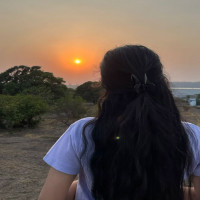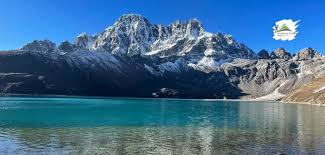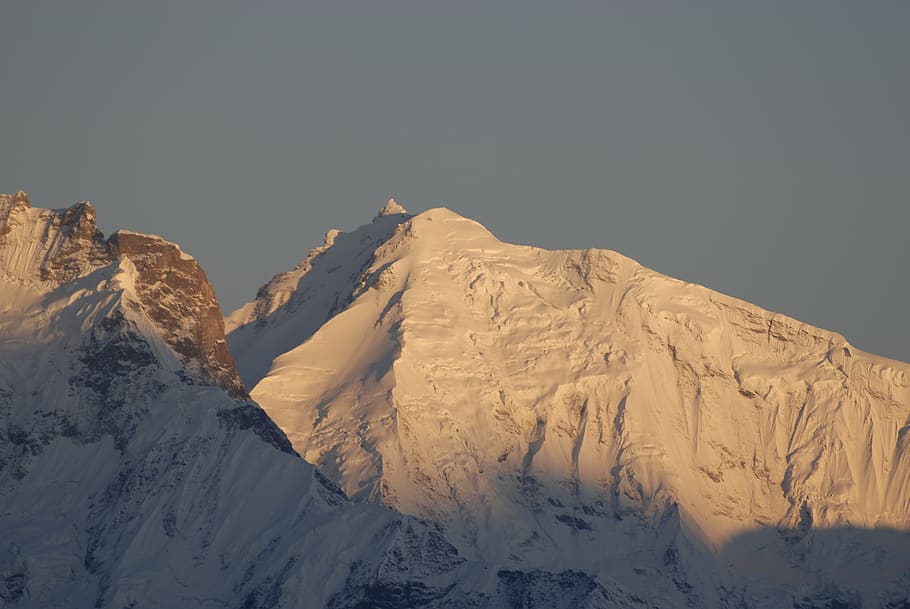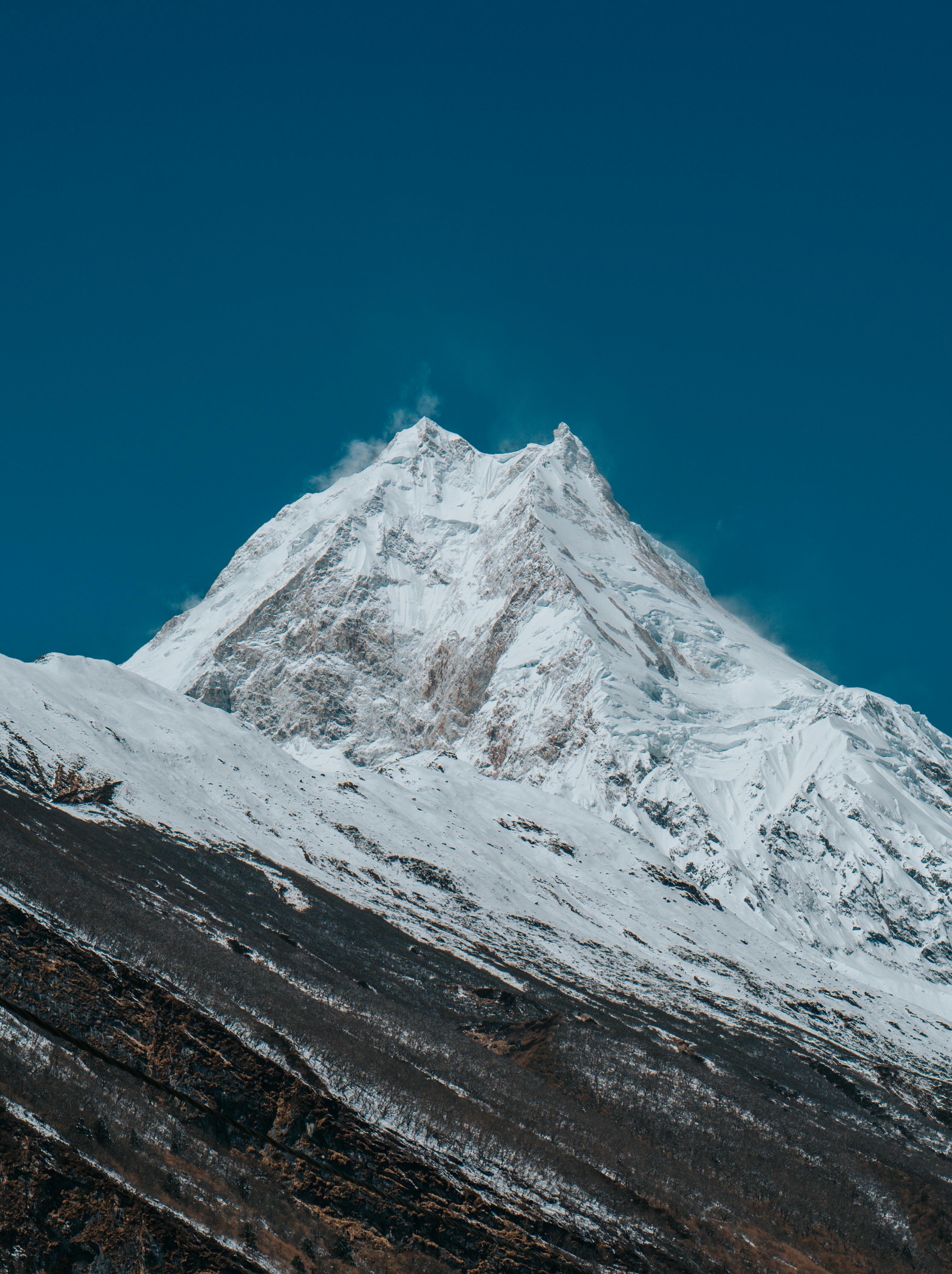Everest Three Passes Trek Guide 2025: The Ultimate High-Altitude Adventure
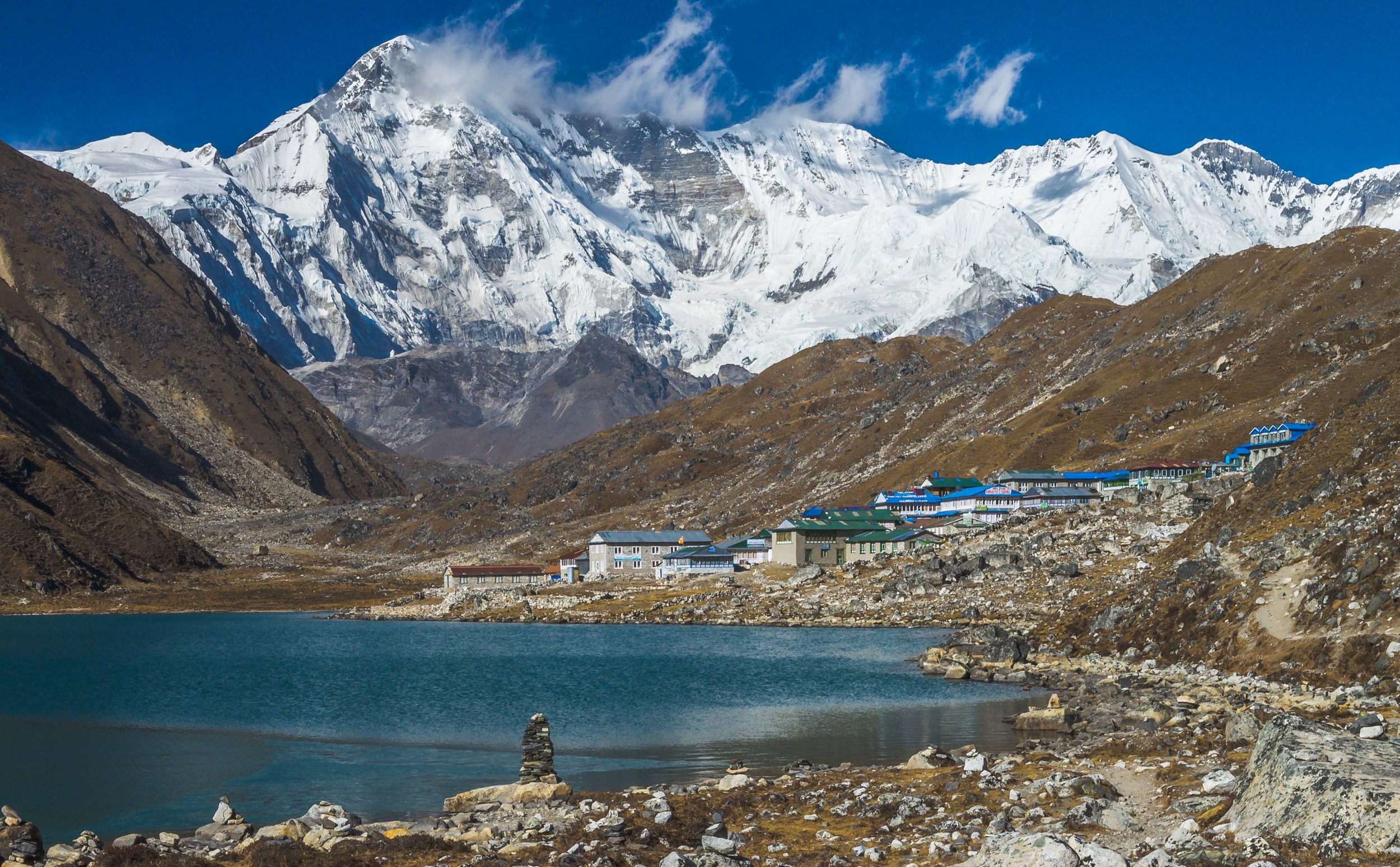
Strong 8k brings an ultra-HD IPTV experience to your living room and your pocket.
The Everest Three Passes Trek is the ultimate trekking challenge in Nepal’s Everest region. For those seeking more than just Everest Base Camp, this route offers a comprehensive circuit through the Khumbu, crossing three of the highest trekking passes in Nepal — Kongma La (5,535 m), Cho La (5,420 m), and Renjo La (5,360 m). It combines high-altitude adventure, panoramic mountain views, and rich Sherpa culture into one unforgettable expedition.
This detailed 2025 guide covers the route, itinerary, preparation, permits, and tips you need to plan a successful Three Passes Trek.
Why Choose the Everest Three Passes Trek?
Unlike the standard Everest Base Camp trek, the Three Passes route creates a full loop, giving you access to remote valleys, challenging terrain, and unmatched Himalayan views. Highlights include:
• Crossing three major high-altitude passes above 5,000 meters
• Visiting Everest Base Camp and Kala Patthar
• Exploring Gokyo Lakes and climbing Gokyo Ri
• Immersing in Sherpa culture in villages like Namche, Thame, and Chhukung
This trek is ideal for experienced hikers who want to avoid the crowds and gain a deeper experience of the Everest region.
Trek Overview
• Duration: 17 to 21 days
• Difficulty: Challenging
• Maximum altitude: 5,545 m (Kala Patthar)
• Best seasons: March to May and September to November
• Starting/ending point: Lukla (2,840 m)
Suggested Itinerary for the Three Passes Trek
This is a classic counter-clockwise itinerary, allowing better acclimatization and manageable ascents.
Day 1: Fly to Lukla and trek to Phakding (2,610 m)
Trek through forests and small settlements to reach the riverside village of Phakding.
Day 2: Trek to Namche Bazaar (3,440 m)
Cross high suspension bridges and ascend steeply to Namche, the bustling Sherpa hub.
Day 3: Acclimatization day in Namche
Take a side hike to Everest View Hotel or Khumjung village to help adjust to the altitude.
Day 4: Trek to Tengboche (3,860 m)
Walk through pine forests and enjoy your first views of Ama Dablam and Everest.
Day 5: Trek to Dingboche (4,410 m)
Pass through Pangboche and gain elevation gradually toward the alpine landscape.
Day 6: Acclimatization day in Dingboche
Hike to Nangkartshang Hill or Chhukung for acclimatization.
Day 7: Trek to Chhukung (4,730 m)
Short trek through a wide valley leading to the base of Kongma La.
Day 8: Cross Kongma La Pass (5,535 m) and trek to Lobuche (4,940 m)
This is a long and demanding day, crossing the first pass with dramatic glacier and peak views.
Day 9: Trek to Gorakshep and Everest Base Camp (5,364 m)
Reach the iconic base camp and return to Gorakshep for the night.
Day 10: Hike to Kala Patthar (5,545 m) and descend to Dzongla (4,830 m)
Climb early for panoramic sunrise views over Everest, then descend to a quieter village.
Day 11: Cross Cho La Pass (5,420 m) and reach Gokyo (4,790 m)
Navigate icy sections and a rocky pass before entering the Gokyo Valley.
Day 12: Acclimatization day in Gokyo, hike to Gokyo Ri (5,360 m)
Climb Gokyo Ri for stunning views of Cho Oyu, Everest, Lhotse, and Makalu.
Day 13: Trek to Lumde (4,380 m) via Renjo La Pass (5,360 m)
The final pass offers one of the best panoramic views of the Everest range.
Day 14: Trek to Thame (3,800 m)
Descend into the peaceful Bhote Koshi valley and visit the ancient Thame Monastery.
Day 15: Trek to Namche Bazaar
Return to the familiar trails and recharge in Namche.
Day 16: Trek to Lukla
Final day of walking before your flight back to Kathmandu.
Day 17: Fly to Kathmandu
Weather permitting, return to the city after your trek.
Note: This itinerary can be adjusted based on your pace, weather, and acclimatization needs.
Permits Required
You will need:
• Sagarmatha National Park Entry Permit (NPR 3,000)
• Khumbu Pasang Lhamu Rural Municipality Permit (NPR 2,000)
These can be obtained in Kathmandu or at entry points in Monjo or Lukla.
Training and Preparation
This trek is physically demanding and requires strong cardiovascular fitness, endurance, and mental resilience. Start training at least two to three months before your trek with:
• Long-distance hiking
• Strength training (especially legs and core)
• Cardiovascular workouts (running, swimming, cycling)
• Practice hikes with a loaded backpack
Essential Gear
• Sturdy, broken-in hiking boots
• High-quality down jacket and sleeping bag
• Trekking poles
• Waterproof layers (jacket and pants)
• Insulated gloves, hat, and thermal base layers
• Sunglasses and sunscreen
• Reusable water bottles and water purification tablets
• First-aid kit with altitude medication (consult your doctor)
Accommodation and Food
Lodging is in local teahouses with basic amenities. Most rooms have twin beds, and bathrooms are often shared. In higher altitudes, heating is limited.
Food options include:
• Dal bhat (rice, lentils, and curry)
• Noodles, pasta, and soups
• Tibetan bread, pancakes, and porridge
• Tea, coffee, and hot lemon ginger drinks
Vegetarian meals are widely available. Avoid meat in higher altitudes as freshness can't be guaranteed.
Tips for a Successful Three Passes Trek
• Acclimatize properly and listen to your body
• Stay hydrated and avoid alcohol
• Don’t rush – slow and steady helps prevent altitude sickness
• Carry snacks and warm clothing in your daypack
• Always have a buffer day in case of bad weather
When to Go
The best trekking seasons are:
• Spring (March to May): Mild temperatures and blooming rhododendrons
• Autumn (September to November): Clear skies and optimal visibility
Winter treks (December to February) are possible but extremely cold, and snow can block the passes. Monsoon season (June to August) is not recommended due to rain and landslides.
Final Thoughts
The Everest Three Passes Trek is a once-in-a-lifetime experience for serious trekkers seeking a complete high-altitude Himalayan journey. With proper preparation, pacing, and gear, you’ll be rewarded with awe-inspiring scenery, cultural depth, and personal achievement.
If you're ready to go beyond Everest Base Camp and push your limits in 2025, the Three Passes Trek is your ultimate challenge.
Note: IndiBlogHub features both user-submitted and editorial content. We do not verify third-party contributions. Read our Disclaimer and Privacy Policyfor details.

